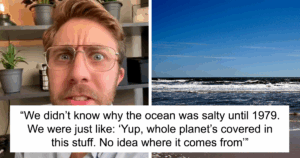“Unbelievable Beasts: Discover the Colossal Creatures Roaming Our Planet Today!”
World’s Largest Ants

The giant Amazonian ant, also known as Dinoponera, is among the largest ants in the world. Although there is much more conversation around the bullet ant due to their size and notorious sting, the size of a female giant Amazonian ant can reach up to 1.2- 1.6 inches in length. Found only in South America, a colony of this particular ant tends to consist of fewer than 100 ants. Also, don’t be fooled: although they aren’t particularly known for their venom, the giant Amazonian ant is still extremely poisonous. Their sting is known to cause extreme pain for up to 48 hours after the initial sting.
The Maine Coon Cat

The state cat of Maine is also one of the largest and oldest domestic breeds in North America. The Maine Coon is the largest domesticated cat breed in the world. Male Maine Coons can reach a height of anywhere between 10 and 16 inches and on average weigh 13 to 18 pounds, with females measuring just slightly smaller. The record for the longest domestic cat in the Guinness Book of World Records belongs to a Maine Coon named Stewie. Measuring 48.5 inches from nose to tail, Stewie was truly a long cat. Despite having such an imposing profile, Maine Coons are known for being gentle, intelligent and quite playful creatures.
The World’s Biggest Land Snail

The giant African Snail is the largest land gastropod. With the largest snail ever recorded measuring 15.5 inches and weighing 2 pounds, the giant African snails’ ranking at the top is undisputed. The giant African snail’s accolades don’t stop there, however. This snail is also listed as one of the most invasive species in the world and the United States Department of Agriculture sees it as one of the biggest potential threats to agriculture and crops in the US. The average lifespan for one of these snails is between 5-7 years and their diet can consist of anything among 500 different species of plants!












